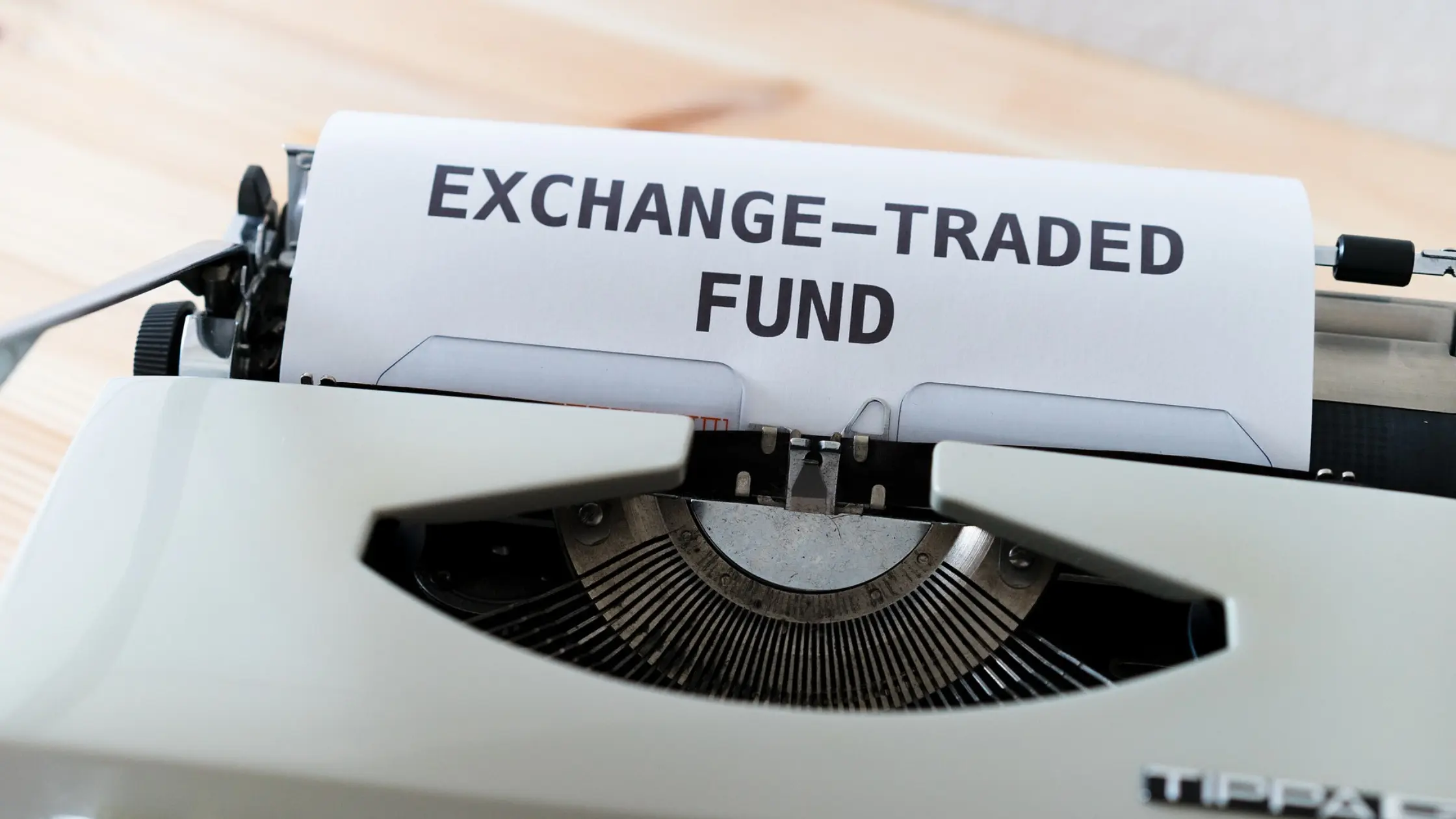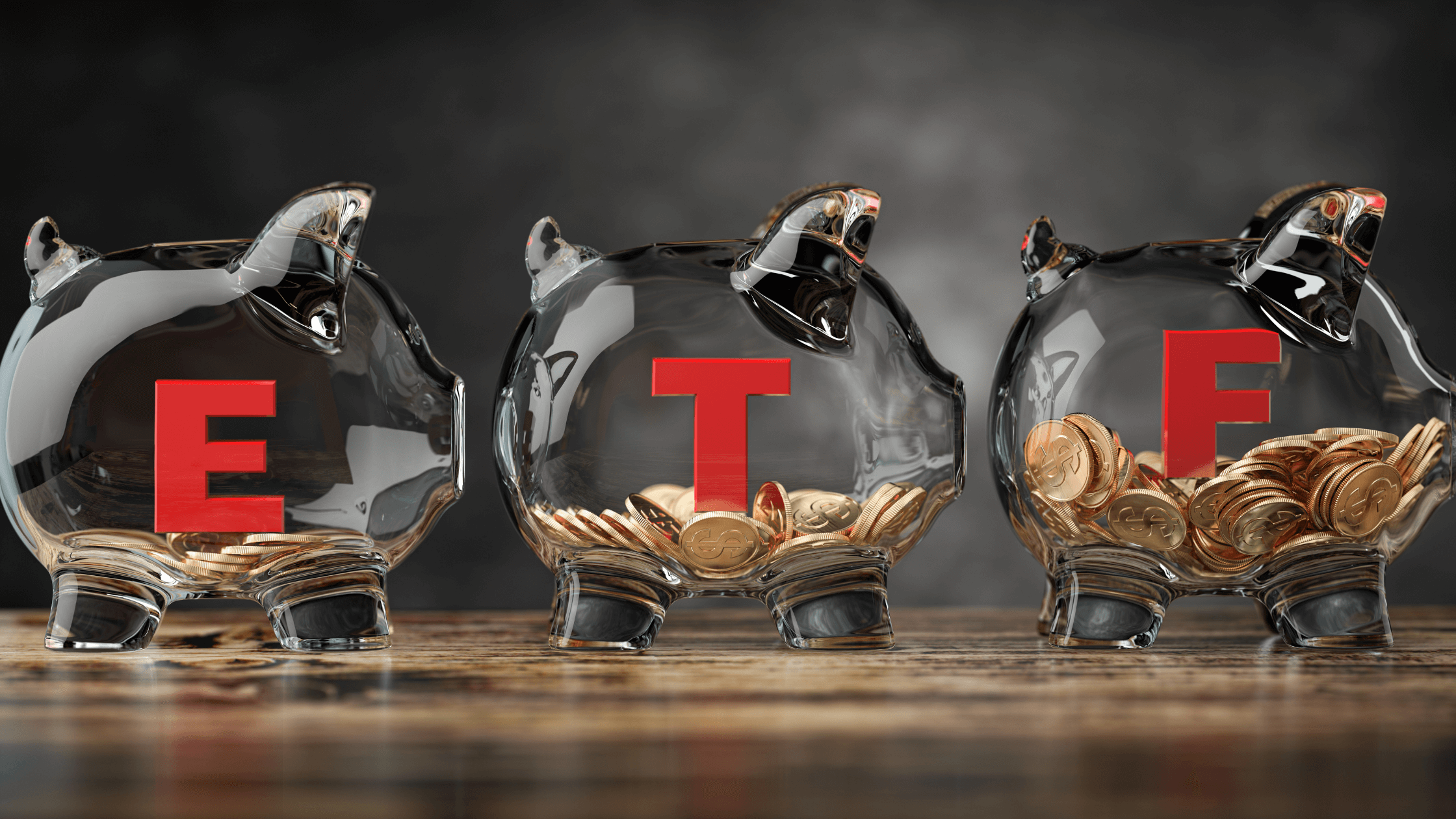Exploring Different Types of ETFs (Part 2)
June 24, 2024

Exchange-Traded Funds (ETFs) have revolutionised investing by providing easy access to a broad range of asset classes, including bonds and commodities, which we will explore in Part 2 of our series on types of ETFs.
Traditionally, investing in bonds and commodities required significant capital, expertise, and effort to manage liquidity and market access compared to the equity markets. ETFs simplify this process by offering a liquid, transparent, and cost-effective way to invest in a diversified portfolio of bonds and commodities.
Bond ETFs
Bond ETFs provide passive exposure to benchmark bond indices for frequent traders. These ETFs hold collections of various fixed-income securities across different categories and maturities. Bond ETFs pay regular interest payments as individual bonds do. However, bond ETFs may pay varying value of interest in its regular payments due to the differing maturity dates of the underlying bonds. A key risk in investing in bond ETFs is the inverse relationship between bond values and interest rates: when interest rates rise, bond values fall, and vice versa.
- Government Bond ETFs: These ETFs offer exposure to fixed-income securities issued by government agencies, including floating rate bonds and inflation-linked bonds, which adjust with the Consumer Price Index (CPI). Government bonds, especially from stable governments, are valued for their stability and performance during recessions. A prominent example is the iShares 20+ Year Treasury Bond ETF, which tracks U.S. Treasury bonds with maturities over twenty years and had $46.86 billion in assets as of May 25, 2024.
- Corporate Bond ETFs: Corporate bond ETFs consist of debt issued by public or private companies to raise funds. These ETFs typically offer higher yields than government bond ETFs but come with higher credit risk due to the possibility of corporate defaults. It is wise for investors to diversify the risks of corporate bonds across industries, geographies, and credit quality. The Vanguard Total Corporate Bond ETF serves as an example of a corporate bond ETF. It closely follows the Bloomberg U.S. Corporate Bond Index, which gauges the investment-grade corporate bond market. Investment-grade bonds typically receive ratings ranging from AAA to BBB. These fixed-rate, taxable corporate bonds form the ETF’s core holdings, complemented by three additional Vanguard corporate ETFs.
Commodity ETFs
Commodity ETFs invest in physical commodities like agricultural goods, natural resources, and precious metals, or in commodities futures contracts. Futures-based commodity ETFs face a risk: instead of merely tracking commodity prices, they can influence futures prices because these ETFs need to buy or sell large numbers of futures contracts at specific times (following a predictable schedule), which impacts the market. Commodity ETFs are popular because they offer investors exposure to commodities without having to learn how to purchase futures or derivatives.
- Precious Metals ETFs: These ETFs hold assets such as gold, silver, and platinum. They can hold the commodities directly, invest in derivatives based on their prices, or invest in companies involved in their extraction and processing. SPDR Gold Shares is the world’s largest gold-backed ETF, with assets solely in gold bullion stored in bank vaults.
- Energy ETFs: Energy ETFs invest in oil and natural gas futures contracts since these commodities cannot be stored like precious metals. These ETFs are influenced by geopolitical events, supply-demand dynamics, and regulatory changes. An example is the SPDR S&P Oil & Gas Exploration and Production ETF, which invests at least 80% of its assets in the securities of the S&P Oil & Gas Exploration & Production Select Industry Index.
- Agricultural ETFs: These ETFs can invest in agribusiness stocks involved in production, processing, or retail, as well as in physical commodities like palm oil, rubber, and wheat, primarily through derivatives such as futures and options. The VanEck Agribusiness ETF primarily invests in developed regions with emerging market exposure in Brazil, Singapore, and Malaysia. The fund focuses on agribusiness stocks with more than 50% revenue derived from agri-chemicals, animal health, seeds, and agricultural product trading.
Bond ETFs offer stability and regular income, suitable for conservative investors, while commodity ETFs provide a hedge against inflation and market volatility, appealing to those seeking diversification beyond traditional equities and bonds. By understanding the specific features and risks of these ETFs, investors can better align their portfolios with their financial objectives and risk tolerance.
In Part 3, we will explore more complex ETFs, including inverse and leveraged ETFs, as well as hedge fund ETFs, to further expand on the diverse investment options available in the ETF market.
Disclaimer: ProsperUs Manager of Content Hailey Chung doesn’t own shares of any ETFs mentioned.

Hailey Chung
As a lifelong learner, Hailey strives to simplify finance for everyday investors, making it relatable and enjoyable. She desires to support investors with various background, whether they are grappling with limited time and resources in seeking financial freedom or are sincere in stewarding their money well as a token of gratitude for God's provision. With a focus on responsible investing, Hailey balances caution and opportunity, believing life's too short to stress over market fluctuations. Beyond the pursuit of profits, she advocates for investments aligned with building a better world. As Manager of Content at ProsperUs, she leverages her journalism background from The Edge Malaysia, where she honed her skills at the capital and corporate desk.







